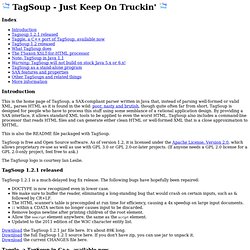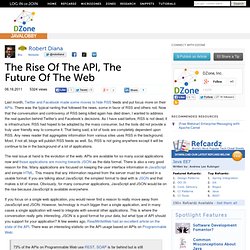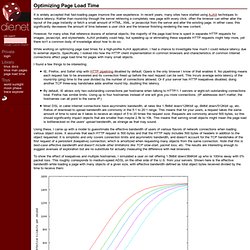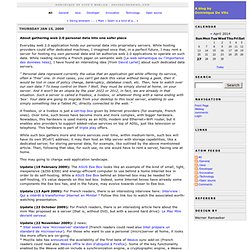

How Facebook Makes Mobile Work at Scale for All Phones, on All Screens, on All Networks. When you find your mobile application that ran fine in the US is slow in other countries, how do you fix it?

That’s a problem Facebook talks about in a couple of enlightening videos from the @scale conference. Since mobile is eating the world, this is the sort of thing you need to consider with your own apps. In the US we may complain about our mobile networks, but that’s more #firstworldproblems talk than reality. Mobile networks in other countries can be much slower and cost a lot more. This is the conclusion from Chris Marra, Project Manager at Facebook, in a really interesting talk titled Developing Android Apps for Emerging Market. Facebook found in the US there’s 70.6% 3G penetration with 280ms average latency. Chris also talked about Facebook’s comprehensive research on who uses Facebook and what kind of phones they use. It turns out the typical phone used by Facebook users is from circa 2011, dual core, with less than 1GB of RAM. Facebook has moved to a product organization.
The New MaxCDN – Built for Design & Speed.
Making the web speedier and safer with SPDY. In the two years since we announced SPDY, we’ve been working with the web community on evolving the spec and getting SPDY deployed on the Web.

Chrome, Android Honeycomb devices, and Google's servers have been speaking SPDY for some time, bringing important benefits to users. For example, thanks to SPDY, a significant percentage of Chrome users saw a decrease in search latency when we launched SSL-search. Given that Google search results are some of the most highly optimized pages on the internet, this was a surprising and welcome result. Kill the Telcos Save the Internet - The Unsocial Network. Someone is killing the Internet.

Since you probably use the Internet everyday you might find this surprising. You only control 1/3 of your Page Load Performance! Application Performance. You do not agree with that?

Have you ever looked at the details of your page load time and analyzed what really impacts Page Load Time? Let me show you with a real life example and let me explain that in most cases you only control 1/3 of the time required to load a page as the rest is consumed by 3rd party content that you do not have under control. Be Aware of Third Party Content. TagSoup home page. Index Introduction This is the home page of TagSoup, a SAX-compliant parser written in Java that, instead of parsing well-formed or valid XML, parses HTML as it is found in the wild: poor, nasty and brutish, though quite often far from short.

TagSoup is designed for people who have to process this stuff using some semblance of a rational application design. By providing a SAX interface, it allows standard XML tools to be applied to even the worst HTML. TagSoup also includes a command-line processor that reads HTML files and can generate either clean HTML or well-formed XML that is a close approximation to XHTML. NekoHTML.
The Rise Of The API, The Future Of The Web. Last month, Twitter and Facebook made some moves to hide RSS feeds and put focus more on their APIs.

There was the typical ranting that followed the news, some in favor of RSS and others not. Now that the conversation and controversy of RSS being killed again has died down, I wanted to address the real question behind Twitter’s and Facebook’s decisions. How do you convince the average web user to switch to a non-IE browser?
Optimizing Page Load Time. However, for many sites that reference dozens of external objects, the majority of the page load time is spent in separate HTTP requests for images, javascript, and stylesheets.

AJAX probably could help, but speeding up or eliminating these separate HTTP requests might help more, yet there isn't a common body of knowledge about how to do so. While working on optimizing page load times for a high-profile AJAX application, I had a chance to investigate how much I could reduce latency due to external objects. Specifically, I looked into how the HTTP client implementation in common browsers and characteristics of common Internet connections affect page load time for pages with many small objects. Web Page Analyzer - free website optimization tool website speed. Free Website Performance Tool and Web Page Speed Analysis Try our free web site speed test to improve website performance.

Enter a URL below to calculate page size, composition, and download time. The script calculates the size of individual elements and sums up each type of web page component. Based on these page characteristics the script then offers advice on how to improve page load time. The script incorporates the latest best practices from Website Optimization Secrets, web page size guidelines and trends, and web site optimization techniques into its recommendations.
Dominique's Weblog. About gathering web 2.0 personal data into one safer place Everyday web 2.0 application holds our personal data into proprietary servers.

While hosting providers could offer dedicated machines, I imagined once that, in a perfect future, I may rent a server for hosting my own personal data and let authorize web 2.0 applications to operate on such data. The WebM Video Format – the Saviour of Open Video on the Web?